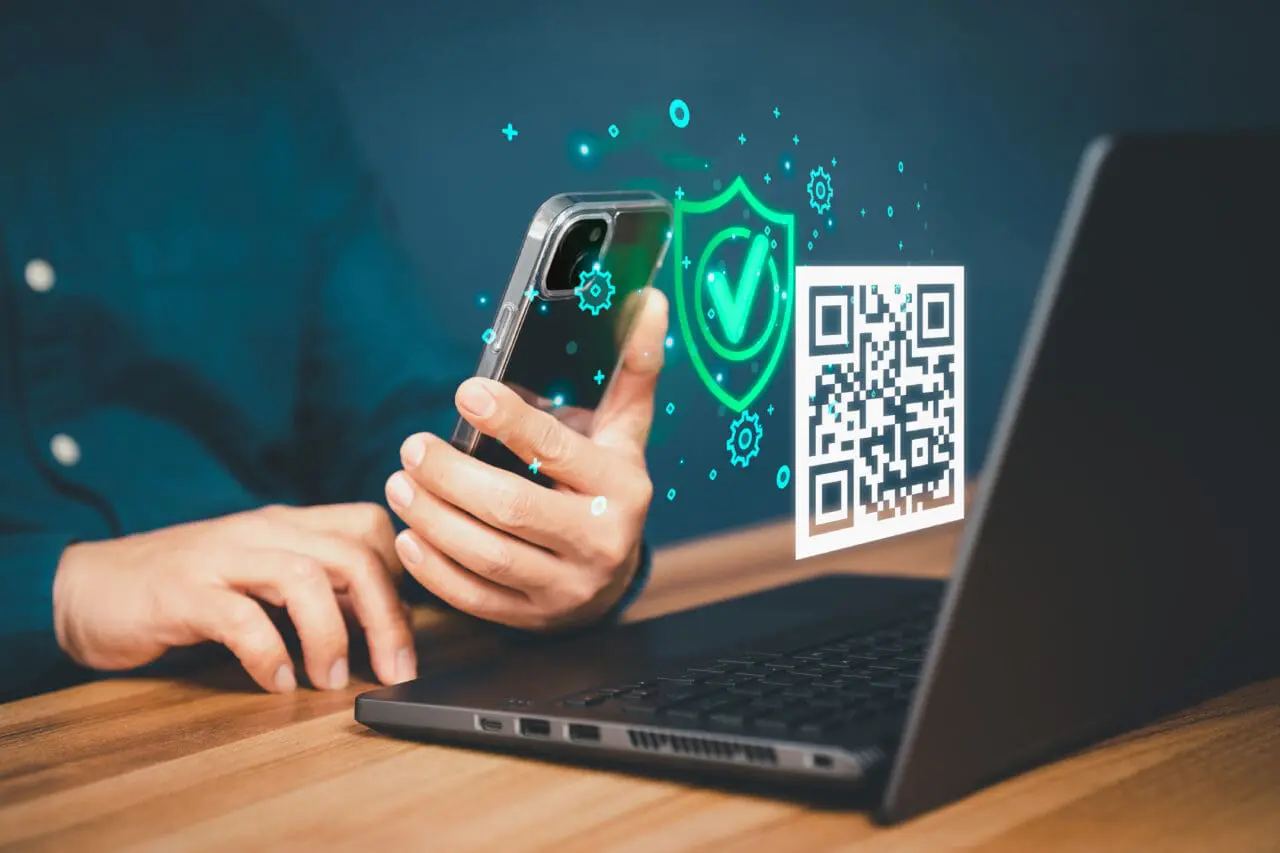

Originally developed for tracking parts in the manufacturing industry, Quick Response (QR) codes have evolved remarkably over the years. They’ve transitioned from simple black and white pixelated squares to dynamic codes capable of storing vast amounts of data. This evolution has enabled QR codes to find numerous applications beyond their original purpose, ranging from product tracking, item identification, time tracking, document management, to general marketing.
The inherent versatility of QR codes has fostered an environment of innovation, creating new opportunities across various industries. For instance, in the retail sector, QR codes have paved the way for seamless and contactless payment methods. In the tourism sector, they provide visitors with access to detailed information about historical sites or monuments. They have even found utility in healthcare, enabling easy access to medical records and enhancing patient care.
Creating a QR code is surprisingly simple and can be accomplished using various online tools and software. These tools allow you to enter the data you wish to encode, choose the size and resolution, and even customize the colour and design. The resulting QR code can be downloaded as an image file and used in your digital or print media.
The customisation options available for generating QR codes have allowed businesses to streamline their operations. Companies can create QR codes that link to specific web pages, documents, forms, or even multimedia content. This enables businesses to provide targeted information to their customers, improving customer experience and engagement.
QR codes are transforming the advertising industry by bridging the gap between traditional print advertising and digital content. By simply scanning a QR code on a poster or flyer, potential customers can be directed to a company’s website, social media page, or promotional video. This not only enriches the advertising experience but also allows businesses to track the effectiveness of their campaigns.
Using QR codes in marketing campaigns offers several benefits. They provide an interactive element to advertisements, increasing customer engagement. They also allow for easy tracking of campaign success, providing valuable data on customer behaviour. QR codes can even be used to provide discounts or special offers, incentivising customers to scan the code.
Dynamic QR codes take the functionality of standard QR codes a step further. They can be updated to display different information without changing the code itself. This allows for real-time updates and personalisation, enhancing the user experience and providing businesses with greater flexibility in their marketing campaigns.
The potential applications for QR codes extend far beyond mere information sharing. Future developments could see QR codes being used for secure online voting, identity verification, or even as digital keys for smart homes. As technology continues to advance, the possibilities for QR codes are only limited by our imagination.
While barcodes have been the standard for product identification for many years, QR codes offer enhanced efficiency and versatility. Unlike barcodes, which can only store data horizontally, QR codes store data both horizontally and vertically, allowing them to hold significantly more information. Additionally, QR codes can be read from any angle, enhancing their usability and making them a more efficient choice in many applications.


